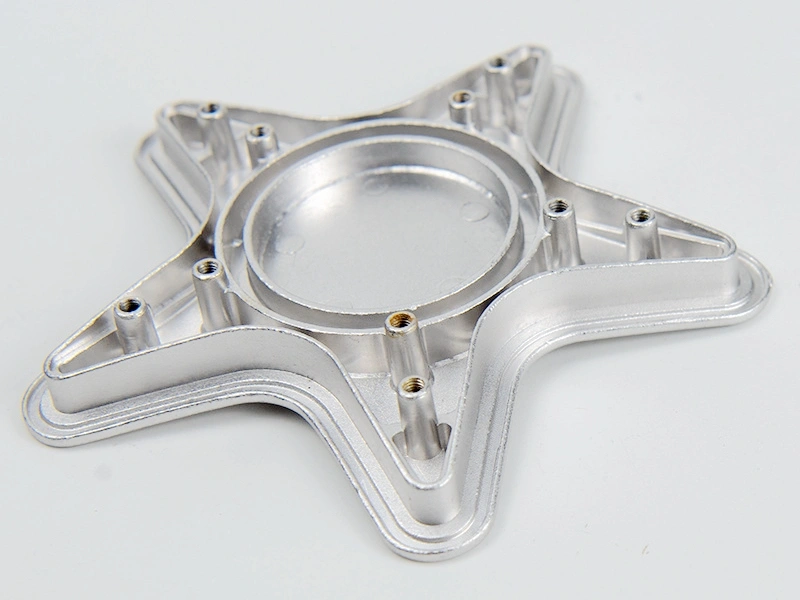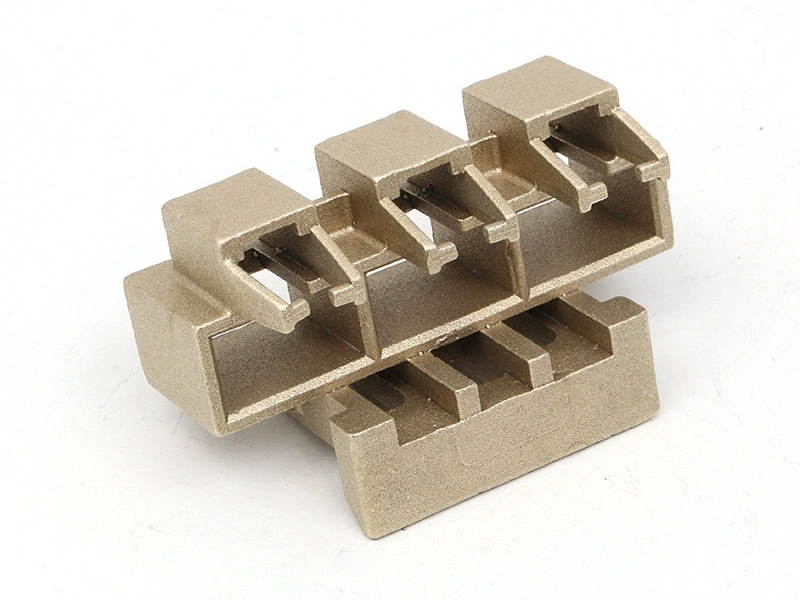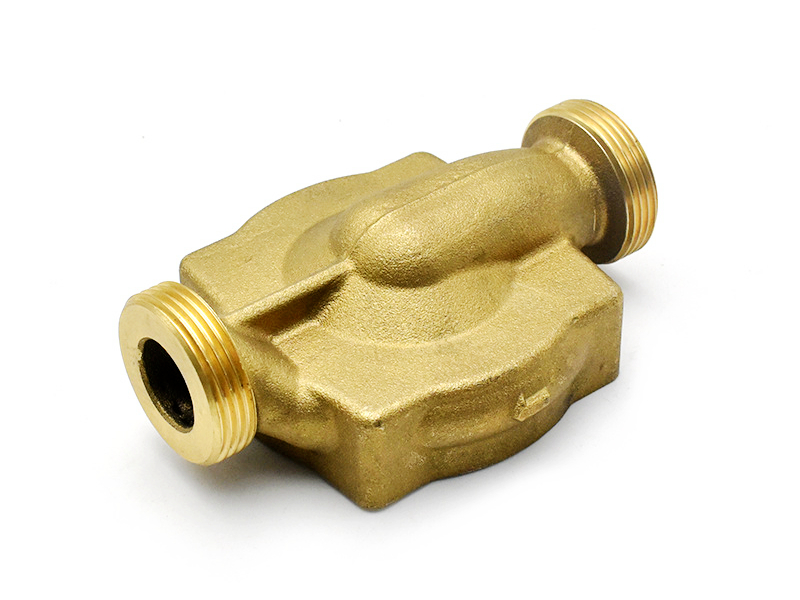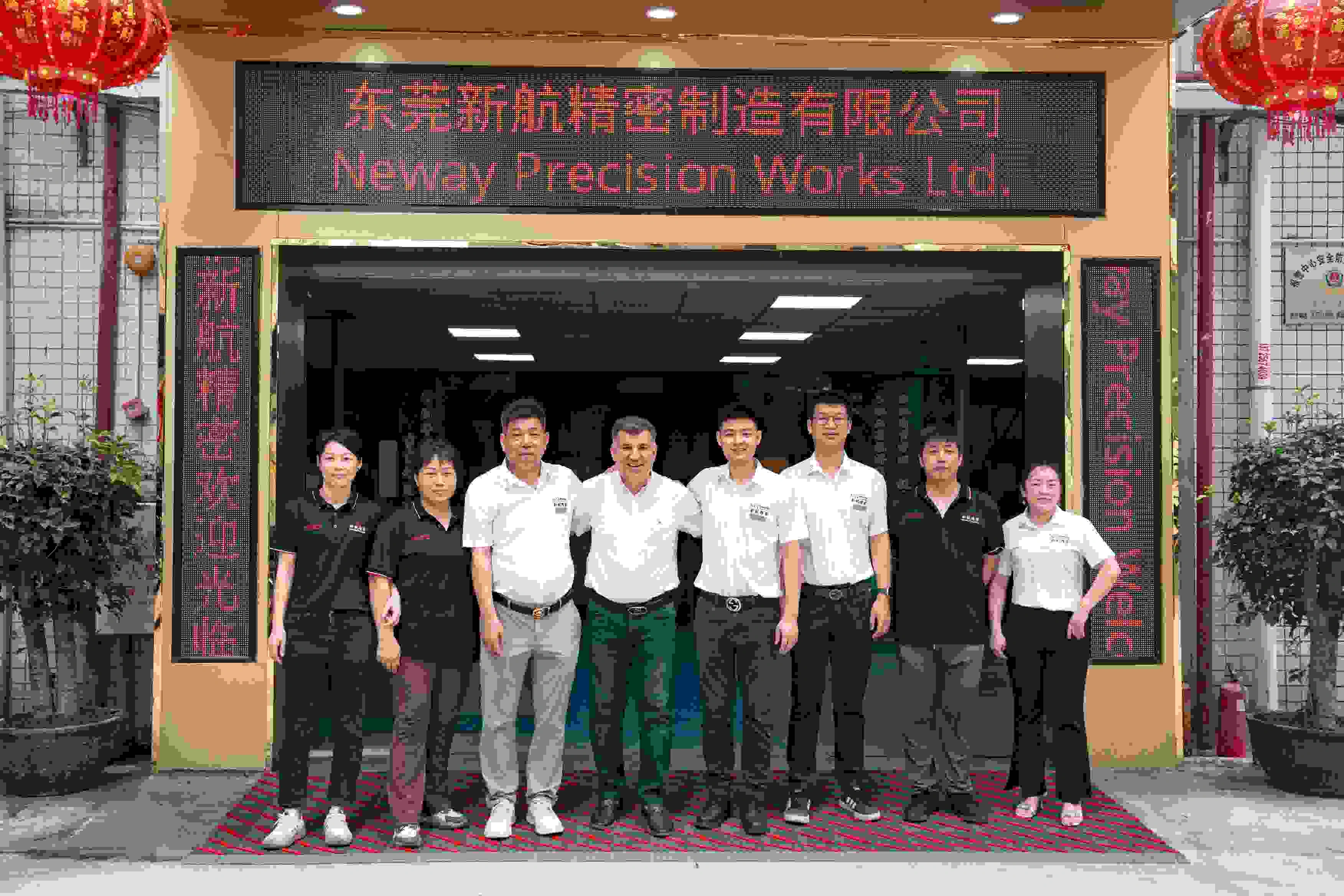How are internal channels cast and validated in heat exchangers?
How Are Internal Channels Cast and Validated in Heat Exchangers?
Precision Casting of Internal Channels in Heat Exchangers
Internal channels in die-cast heat exchangers are critical for controlling fluid flow, thermal distribution, and system efficiency. At Neway Die Casting, internal channel geometry is formed using high-precision tooling and optimized gating systems. Alloys like C12200, A380 aluminum, or Zamak 3 are selected based on thermal requirements and casting fluidity.
Methods for Creating Internal Channels
Core Insert Technology
Steel or ceramic core pins are used to form straight or branching internal passages. These are either ejected post-casting or designed as sacrificial inserts for complex geometries.
Suitable for high-volume, repeatable internal geometries
Tolerances typically held within ±0.1 mm in flow passages
Used in multi-path manifolds and pressure vessels
Soluble or Sand Cores
Applied in aluminum and copper casting when channels have complex shapes or blind branches.
Washed out or broken down after solidification
Enables intricate multi-directional cooling or refrigerant paths
Vacuum Die Casting
Minimizes porosity and incomplete fill issues within long or thin internal paths, especially critical for pressure-based heat exchanger functions.
Validation and Quality Inspection of Internal Channels
Neway validates internal channel integrity through the following methods:
Pressure Leak Testing
Components are sealed and subjected to hydrostatic or pneumatic pressure (up to 5 MPa)
Detects pinholes, shrinkage cavities, or incomplete fill
Complies with ISO 14903 and UL 207 testing standards
X-Ray and CT Scanning
Non-destructive imaging of internal features
Identifies voids, cold shuts, or misaligned cores
Routinely applied for batch validation and new tooling approval
Airflow and Flow Rate Testing
Confirms unobstructed passage of fluids or gases
Used for calibrating multi-port channel dimensions
Application-Specific Channel Designs
Application | Internal Channel Feature | Function |
|---|---|---|
HVAC Heat Exchangers | Parallel serpentine flow paths | Maximized surface area for air-refrigerant exchange |
Power Electronics Cooling | Micro-channel fins | High-efficiency thermal dissipation |
Automotive Transmission Coolers | Baffled chambers with restricted inlets | Flow equalization and turbulence enhancement |
Customer-Oriented Casting Solutions for Heat Transfer Components
Neway provides full-service support for heat exchanger manufacturing, including:
Aluminum and Copper Die Casting: Forming complex internal channel structures with tight control over wall thickness and geometry
Tool and Die Creation: Customized tooling for internal core insert layouts
Non-Destructive Testing: X-ray and leak detection to verify casting integrity



